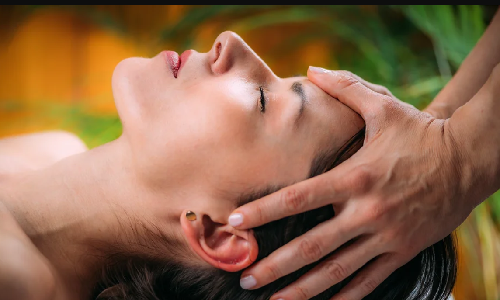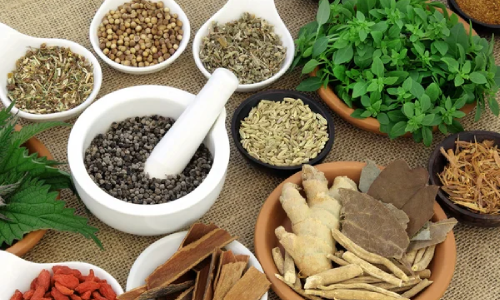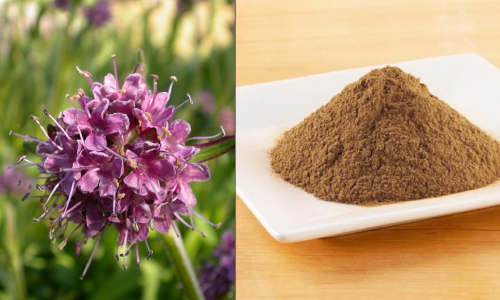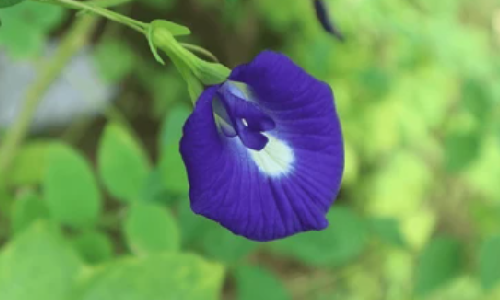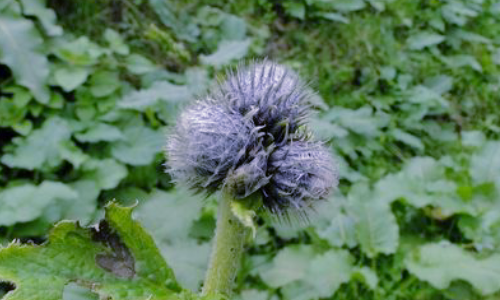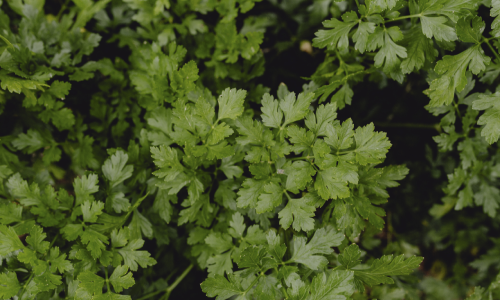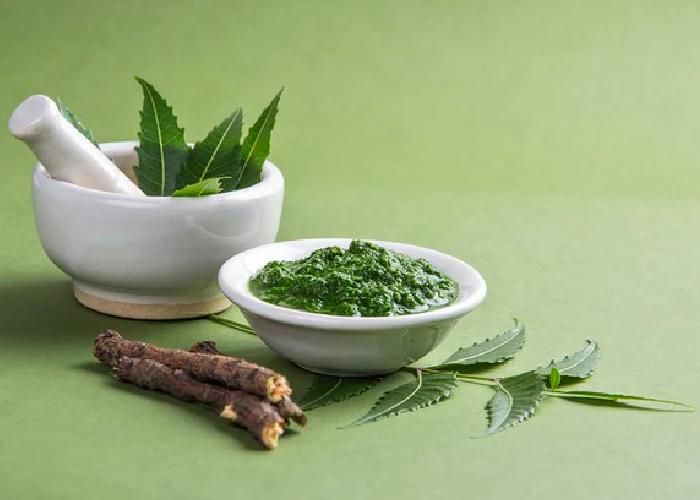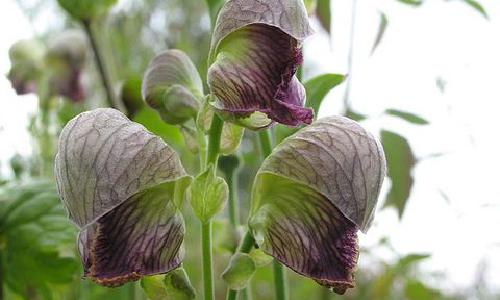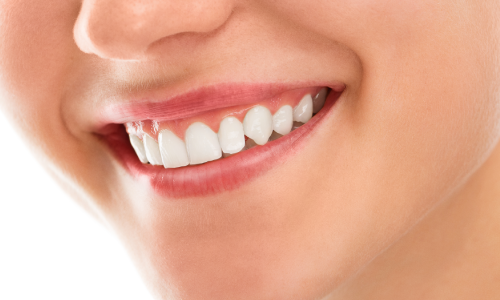There’s nothing more comforting than a head massage after having a hectic day. If you’re from India, you would have experienced the iconic head massage by our mothers or grandmothers using herbal oil at least once in life. Now, with my busy schedules, I sometimes crave for those massages. Talking of head massages, in… Continue reading Shiro Abhyanga – The Healing Touch of Ayurvedic Head Massage
Shiro Abhyanga – The Healing Touch of Ayurvedic Head Massage
